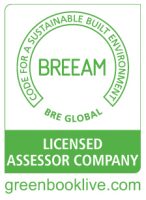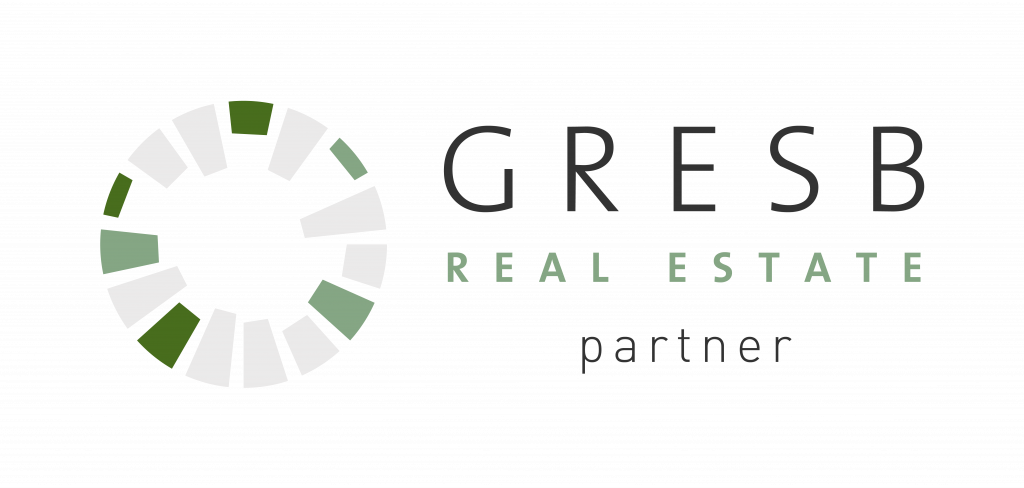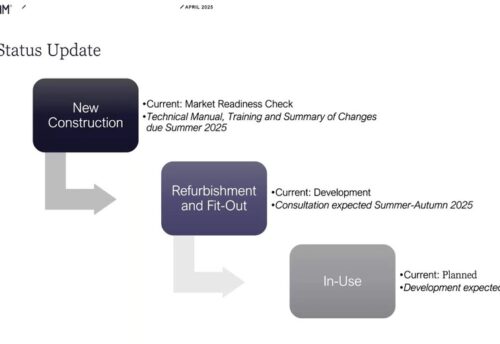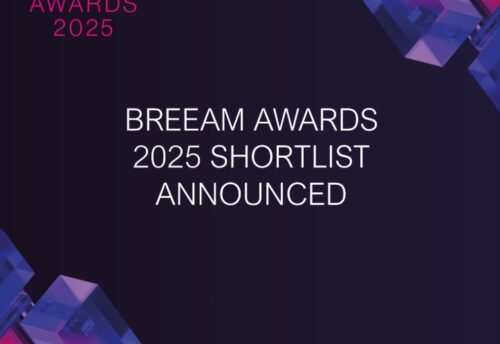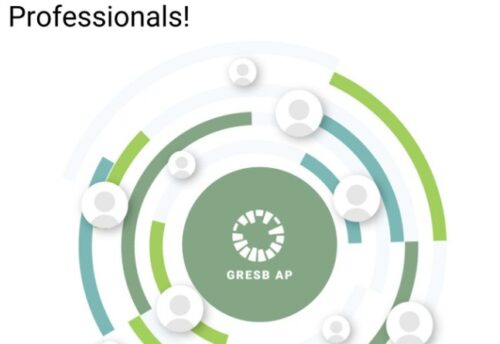
- October 28, 2021
New global Net-Zero standard launched by the Science Based Targets initiative, TODAY!
The SBTi has launched a revolutionary net-zero standard TODAY and we strive to be the first company in the world to tell you all about it!
WHY IS THIS STANDARD SO CRITICAL?
Because mankind has caused an imbalance between the amount of greenhouse gas (GHG) released into the atmosphere and the amount of carbon adsorbed by naturals sinks, which results in a net accumulation of GHGs and associated global warning – the main driver of anthropogenic climate change. This blog article’s image is taken from today’s presentation delivered by the SBTi’s team and we find it really clear and very impactful!
Despite understanding the severity of climate change impacts, current policies put us on track for 2.7 – 3.1 °C, not 1.5 °C. Just to put everything into perspective at 1.5 °C 14% of the global population is going to be exposed to severe heat at least once every 5 years, there is going to be at least one ice-free artic summer in a century (that’s bad enough!), a 70-90% further decline in coral reefs and 1.5 million decline in marine fisheries.
Since the release of the IPCC Special Report on 1.5 °C there has been rapid growth in the adoption of net-zero pledges BUT the lack of robust benchmark has triggered scepticism around net-zero as a concept. Common criticisms include: incomplete boundary, delayed action, mitigation deterrence and poor accountability.
Let’s put it simply. Here is the issue is not to act or not, it is how fast we act. And since 80% of the GHG emissions (including Scope 3) are connected to businesses and their intrinsic systems and operations, it is paramount that the conversation moves from the “sustainability team” to the board, because strong leadership is key as what we’re talking about here is BUSINESS MODEL TRANSFORMATION now. Every business function will be affected and needs to adapt quickly…finance, human resources, supply chains, etc.
This is about resetting the norm for the global economy.
In order to transition from different national guidelines, open to interpretation, to a consistent global standard, the SBTi has proposed to adopt a common approach across the globe, grounded in science, which can translate the complex methodology developed by scientists and the academia into a simple and transparent language that stakeholders can understand. This and only this can allow investors to evaluate the merit of a company’s business plan and strategy, beyond its sustainability credentials and the climate-related risks that a TCFD analysis may reveal.
WHY NOW?
Some criticism has been raised about 2050 being “too far ahead” and businesses may lose focus. A brilliant solution has been proposed i.e. to set near-term science-based targets (5-10 years emission reduction targets in line with 1.5 °C pathways) and long-term science-based targets (to reduce emissions to a residual level in line with 1.5 °C scenarios by no later than 2050).
With regard to boundaries, for the near-term it is recommended to include 95% of Scope 1&2 and 67% coverage of Scope 3, when they exceed 40% of the total GHG emissions. The Scope 3 threshold increases to 90% for the long-term science-based target. It is key to remind everybody that most companies will be required to REDUCE GHG EMISSIONS BY 90% BEFORE reaching net-zero.
To follow on from the Net-Zero Standard, the SBTi has planned three follow-up projects to tackle the typical challenges related to net-zero: “Beyond Value Chain Mitigation”, “Net-Zero Value Chains” and “Measurement, Reporting and Verification”.
If you would like to discuss further about the other technicalities of the SBTi new global net-zero standard please feel free to drop us an email at info@esgsolutionsltd.com, give us a call on +44(0)2045268272 or just reach out through our LinkedIn webpage here.

